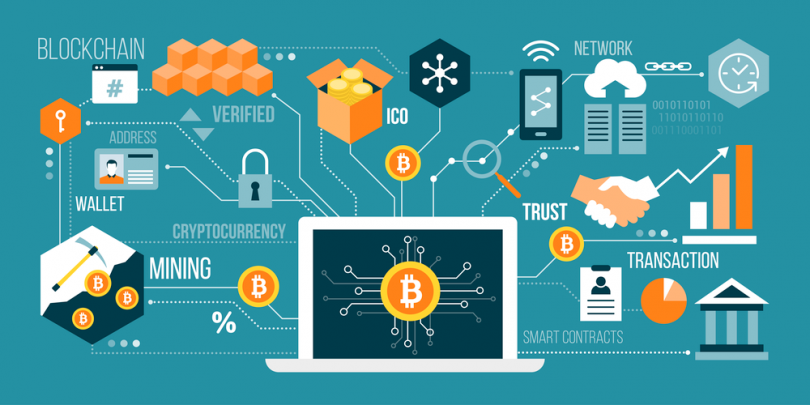Rising Web3 is transforming several facets of finance, including the basic mechanics of market making and liquidity management.
Traditional models are disrupted when distributed technologies change and new paradigms defined by openness, programmability, and community participation take place.
We investigate in this paper how Web3 technologies are changing market making and liquidity management, the opportunities and problems they bring, and what the future may hold for this fundamental feature of digital asset markets.
Explore CLS Global, a top digital asset market-making and marketing company. By offering deep liquidity, lowered volatility, and improved visibility, CLS has assisted over 350 projects across key exchanges since 2018.
CLS Global provides tailored tactics supported by data and strong market knowledge regardless of your trading volume or token launch. Learn more: https://www.cls.global/market-making-main.

Table Of Contents 👉
What Is Market Making and Why It Matters
Market makers are entities or algorithms that provide buy and sell orders to ensure liquidity in financial markets.
Their role is essential in maintaining smooth and efficient trading by narrowing the bid-ask spread and reducing price volatility.
Traditionally, market making has been the domain of institutional players using proprietary algorithms on centralized exchanges.
However, the advent of decentralized finance (DeFi) and Web3 has opened up market participation to a broader ecosystem, changing the game entirely.
Understanding Web3 Technologies
Web3 represents the third generation of the internet, built on blockchain technology and designed to be decentralized, trustless, and user-centric. Key components of Web3 that impact market making and liquidity include:
- Smart Contracts: Self-executing contracts on blockchain that automate transactions.
- Decentralized Exchanges (DEXs): Platforms where trading occurs directly between users without intermediaries.
- Liquidity Pools: Token reserves provided by users to facilitate decentralized trading.
- DAOs (Decentralized Autonomous Organizations): Community-driven governance structures.
The Shift from Centralized to Decentralized Market Making
1. Automated Market Makers (AMMs)
One of the most transformative innovations in DeFi is the Automated Market Maker (AMM).
Unlike traditional order books, AMMs use mathematical formulas to price assets in liquidity pools. Platforms like Uniswap, SushiSwap, and Curve exemplify this approach.
Benefits of AMMs:
- No need for order books or intermediaries.
- Continuous liquidity for any token pair.
- Permissionless participation by liquidity providers (LPs).
Challenges:
- Impermanent loss for LPs.
- Front-running and MEV (Miner Extractable Value) risks.
- Limited efficiency for large or highly volatile trades.
2. Decentralized Liquidity Agents
To give consumers the best pricing, protocols such 1-inch and Matcha combine liquidity across several DEXs This invention democratizes liquidity access, maximizes trade execution, and increases capital efficiency.
How Web3 Is Reshaping Liquidity Management
1. Incentivized Liquidity Mining
Web3 platforms often use token incentives to attract liquidity. Users are rewarded with governance tokens or other assets for providing liquidity, aligning economic incentives with protocol growth.
2. Programmable Liquidity
With smart contracts, liquidity can be dynamically managed based on predefined conditions. For example, rebalancing, stop-loss rules, or time-based unlocks can be encoded directly into the protocol.
3. Cross-Chain Liquidity Solutions
Interoperability protocols (e.g., Thorchain, Wormhole, LayerZero) enable liquidity to flow seamlessly across different blockchains, mitigating fragmentation and improving accessibility.
The Role of DAOs in Market Making
DAOs are increasingly taking over roles traditionally held by centralized teams, including decisions on market making parameters, fee structures, and incentive programs. This democratization of liquidity governance creates a more transparent and inclusive system.
Examples:
- Curve DAO voters deciding on emissions and pool incentives.
- Balancer’s dynamic fee structures managed by the community.
Risks and Considerations
While Web3 introduces groundbreaking possibilities, it also comes with inherent risks:
- Smart Contract Vulnerabilities: Bugs can lead to exploits and massive financial losses.
- Liquidity Fragmentation: Multiple protocols can spread liquidity too thin.
- Regulatory Uncertainty: Compliance concerns for decentralized systems remain unresolved.
- Scalability Issues: Network congestion and high gas fees can hinder efficiency.
The Future Outlook
The integration of artificial intelligence, machine learning, and oracles into Web3 systems promises even smarter and more adaptive market making strategies.
Real-time data feeds, sentiment analysis, and predictive modeling could empower protocols to autonomously manage liquidity across volatile markets.
Moreover, hybrid models combining centralized and decentralized approaches (CeDeFi) are likely to emerge, leveraging the strengths of both worlds.
Conclusion
Web3 represents a tectonic change in how liquidity is accessible, controlled, and provisioned—not only a term.
Although the ecosystem is still developing, its basic ideas of decentralization, openness, and inclusion are already profoundly affecting market making.
As innovation continues, market participants must adapt to new tools, technologies, and risk models.
The fusion of Web3 with market making isn’t just reshaping liquidity—it’s redefining the rules of financial engagement for the digital age.
